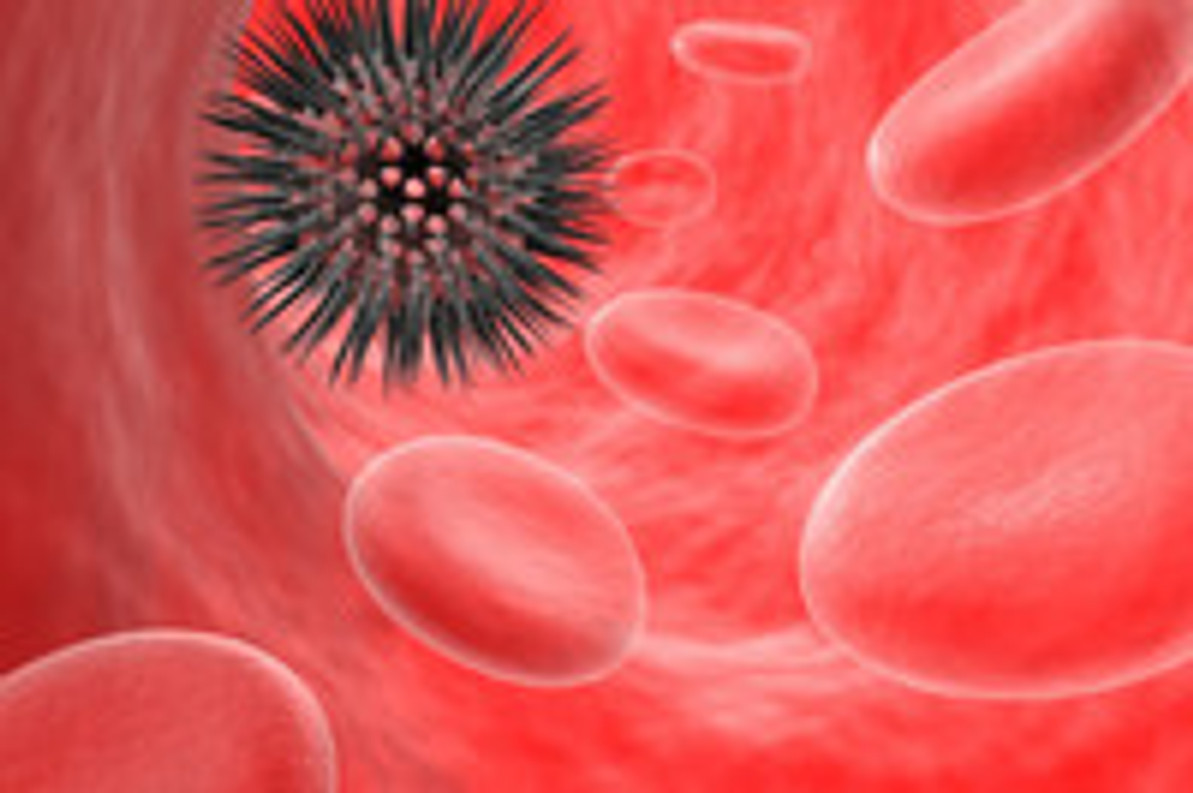MRSA and E.coli Live For Days Inside Airplanes
A disturbing new study reveals that Methicillin-resistant Staphylococcus aureus (MRSA) and e.coli -- two potentially deadly infectious diseases -- can live for days inside the cabin of an airplane.
According to The National Air Traffic Controllers Association, there are approximately 25,000-30,000 passenger flights made in the U.S. each day. While most passengers note that their greatest fear associated with air travel is the possibility of a crash or mid-air collision; however, researchers at Auburn University have revealed the true danger involved in air travel that's hiding right in front of your eyes.
Auburn University researchers were given actual airplane parts by Delta Airlines to conduct their study. After receiving these parts, researchers placed them inside a temperature and humidity-controlled environment to simulate the typical climate of an airplane's cabin. Next, they added the drug-resistant superbug MRSA and e.coli, observing its growth and eventual decay.
MRSA survived the longest when placed on the back of an airplane seat, lasting for a whopping 168 hours before dying off. E.coli survived the longest when placed on an armrest, at 96 hours.
Researchers concluded that porous surfaces inside airplanes held MRSA and e.coli for longer lengths of time. Some of the porous surfaces typically found inside airplane cabins includes seats, armrests, head cushions, and the backs of seats.
"The porous surfaces are more protective for the bacteria; cloth, like the pocket cloth on the back of the seat, something like that has a lot of crevices where bacteria can get in. If you compare that to a stainless steel toilet handle, the toilet handle is not porous so the survival is not as long there as in the porous surface," said James Barbaree, associate director for research at Auburn University's Center For Detection and Food Safety·
So, how can you protect yourself from catching MRSA and e.coli while traveling on an airplane? First and foremost, you should avoid touching the porous surfaces previously mentioned. If you do happen to touch them, avoid touching your mouth, nose or face until you've washed your hands with warm soap and water.
Airlines have noted that cabins are routinely cleaned between each flight, and that more thorough cleaning is performed on a daily basis. Whether this is enough to keep harmful infectious diseases like MRSA and e.coli at bay, however, is yet to be determined.
Recent Posts
-
Fire Safety in the Workplace: What You Need to Know
What steps are you taking to prevent fires in your workplace? According to the U.S. Occupational Saf …Aug 23rd 2023 -
Is It Safe to Go Jogging With a Cold Infection?
If you're suffering from a cold infection, you might be wondering whether it's safe to go jogging. T …Aug 22nd 2023 -
5 Safety Tips to Follow When Using a Powder-Actuated Tool
Powder-actuated tools are commonly used to join materials to steel and concrete. Also known as Hilti …Aug 20th 2023




